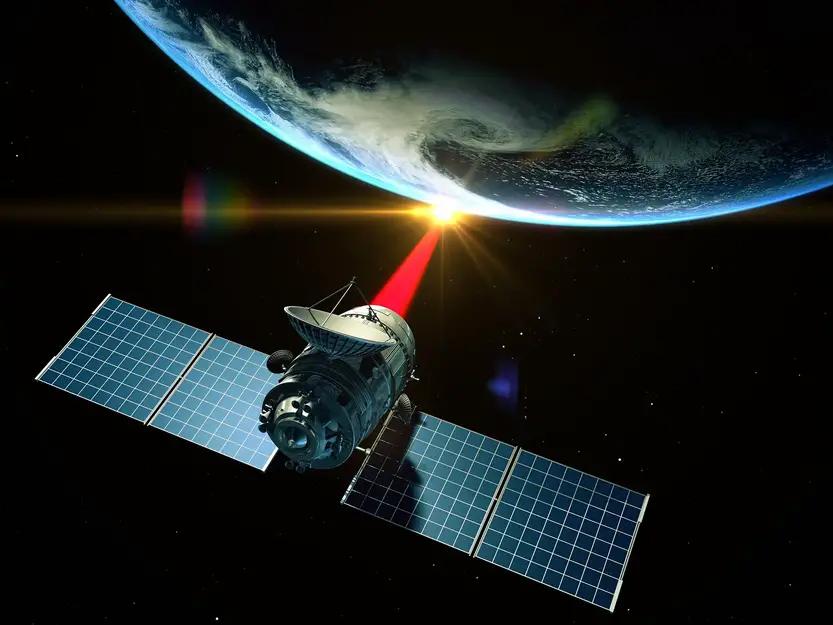NASA researchers have developed a new, lightweight, and cost-effective imaging spectrometer for space applications, offering high-resolution spectroscopy in a compact form.

Imaging spectroscopy captures spectral data for each pixel in a scene. Space-based imaging focuses on solids or liquids with high spatial and low spectral resolutions. However, smaller spectrometers are needed for atmospheric information, prioritizing high spectral and low spatial resolutions.
National Aeronautics and Space Administration (NASA) researchers have created a compact and lightweight design for space-based imaging spectrometers, delivering high spectral resolution. These high-dispersion imaging spectrometers hold immense potential for utilization on spacecraft or satellites, enabling the study of Earth’s atmosphere and the atmospheres of other celestial bodies. The compact spectrometer offers identical measurement capabilities to traditional designs but with a remarkable reduction in size, mass, and cost. By being smaller, lighter, and more affordable, it opens up new opportunities for applications and markets that were previously inaccessible.
In their latest study, the researchers have presented novel designs for near-infrared (NIR) and long-wave infrared (LWIR) imaging spectrometers, aiming to address the existing demand in this field. These spectrometer designs incorporate advantageous elements from various current designs. For instance, they utilize an immersed grating technique that significantly reduces the grating size by leveraging the refractive index. Additionally, the designs employ a Littrow optical configuration, which ensures the same optical setup is used before and after the grating. Moreover, a grating placed on a spherical surface simplifies the correction of a known optical error called Petzval field curvature. The spectrometers effectively separate white light into its constituent spectrum of colors by utilizing these innovative approaches.
The researchers successfully created an imaging spectrometer design for near-infrared (NIR) applications, encompassing a spectral range from 2302 nm to 2370 nm. This design incorporates 2,048 spectral and 512 spatial pixels while operating at an aperture of f/1.9.
Using different materials, the researchers have developed a different version for long-wave infrared (LWIR) imaging. This LWIR design covers a spectral range of 8 μm to 12 μm, with 1536 spectral pixels and 256 spatial pixels at an aperture of f/1.7.






